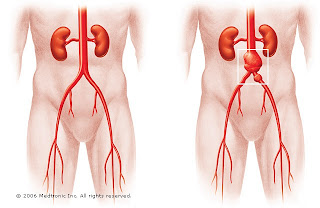Gunmen shoot Jonathan’s official photographer
Goodluck Jonathan President Goodluck Jonathan’s official photographer, Mr. Callistus Ewelike, was on Monday night shot by unknown gunmen in Abuja. Ewelike, a photojournalist with the News Agency of Nigeria is attached to the State House, Abuja, and he is currently acting as the President’s official photographer. The father of two was reportedly shot at a close range in front of his house in Nyanya in the outskirts of the Federal Capital Territory, between 10pm and 11pm. He was said to be returning to his house after filing the photographs he took during Jonathan’s visit to Shape Community in the FCT, where the President inaugurated the Operation Light Up Rural Nigeria Project when the incident happened. An eyewitness told our correspondent that the attack was carried out by two men on a motorcycle. The eyewitness said, “The two men were apparently waiting for him at his residence. While one of them was on the motorbike, the guy who pulled the trigger was standing, waitin...










Comments